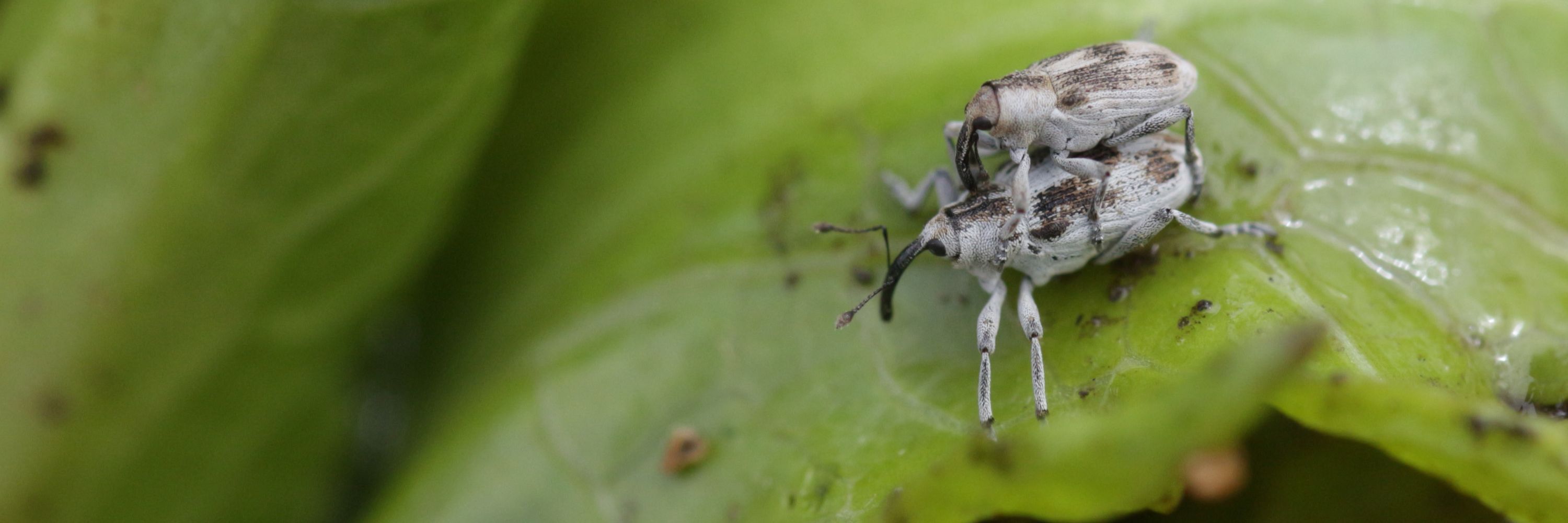
Studying "Biodiversity & Ecosystem Health M.Sc."
📍 Frankfurt (Main) / Germany
https://www.instagram.com/weevil.see/
https://weevil-see.com/
www.curculionoidea.org/weevil-worke...

www.curculionoidea.org/weevil-worke...
For this project, there is a large database in the background (TaxonWorks), and a data portal as frontend (TaxonPages: curculionidae.github.io/taxa)


For this project, there is a large database in the background (TaxonWorks), and a data portal as frontend (TaxonPages: curculionidae.github.io/taxa)
We have almost 3000 associations in the database.
Huge thanks to the team of TaxonWorks who got the Biological Associations tab for TaxonPages running with the latest release!
curculionidae.github.io/taxa/#/otus/...

We have almost 3000 associations in the database.
Huge thanks to the team of TaxonWorks who got the Biological Associations tab for TaxonPages running with the latest release!
curculionidae.github.io/taxa/#/otus/...

- Larvae develop in the stem of different Agave species (often A. palmeri)
- When disturbed, the weevils will drop into the thorny depth of their host plant
- found in Mexico and the SW of the USA
- This specimen was found by Salvatore S. Anzaldo


- Larvae develop in the stem of different Agave species (often A. palmeri)
- When disturbed, the weevils will drop into the thorny depth of their host plant
- found in Mexico and the SW of the USA
- This specimen was found by Salvatore S. Anzaldo
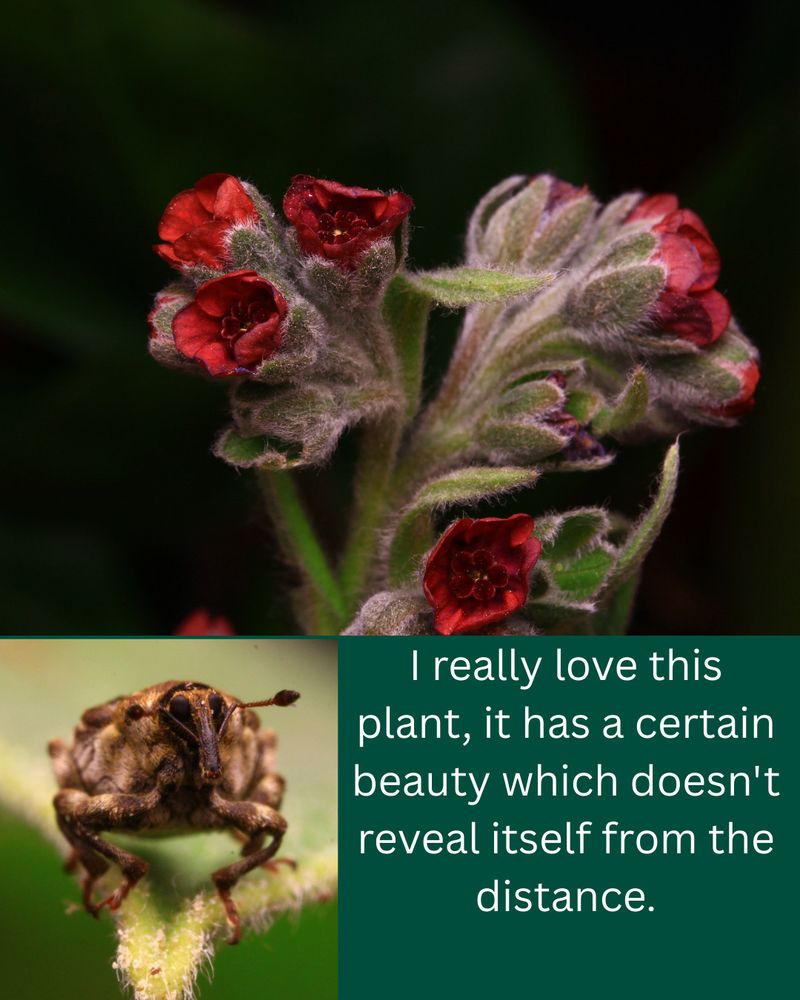
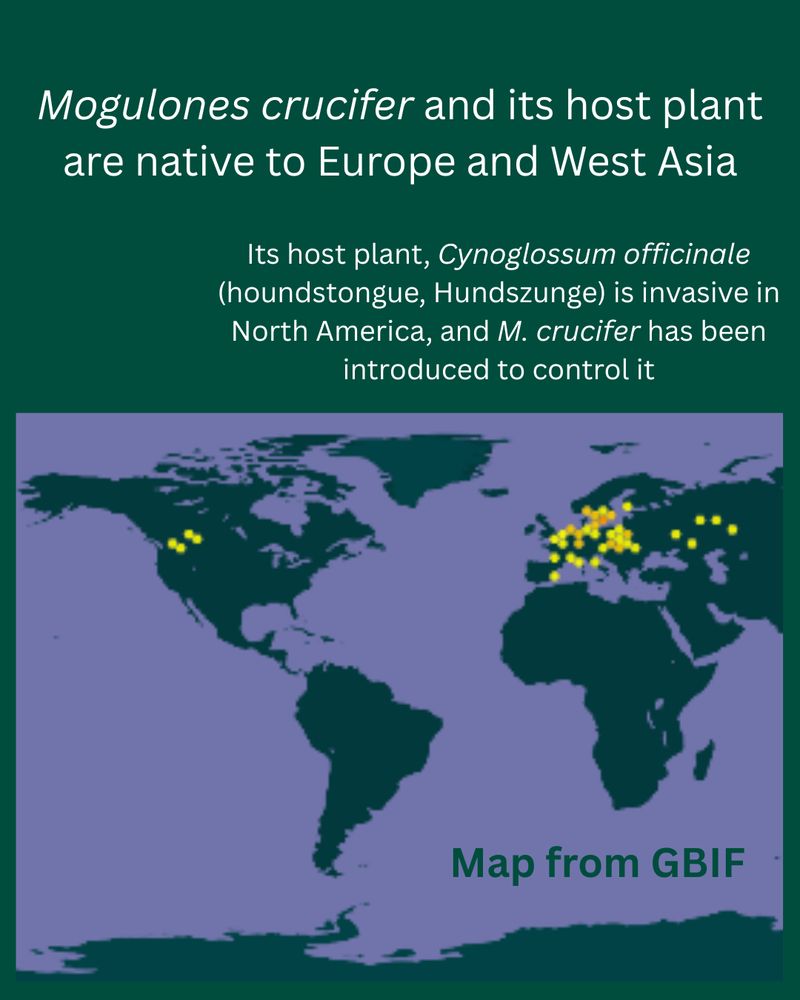

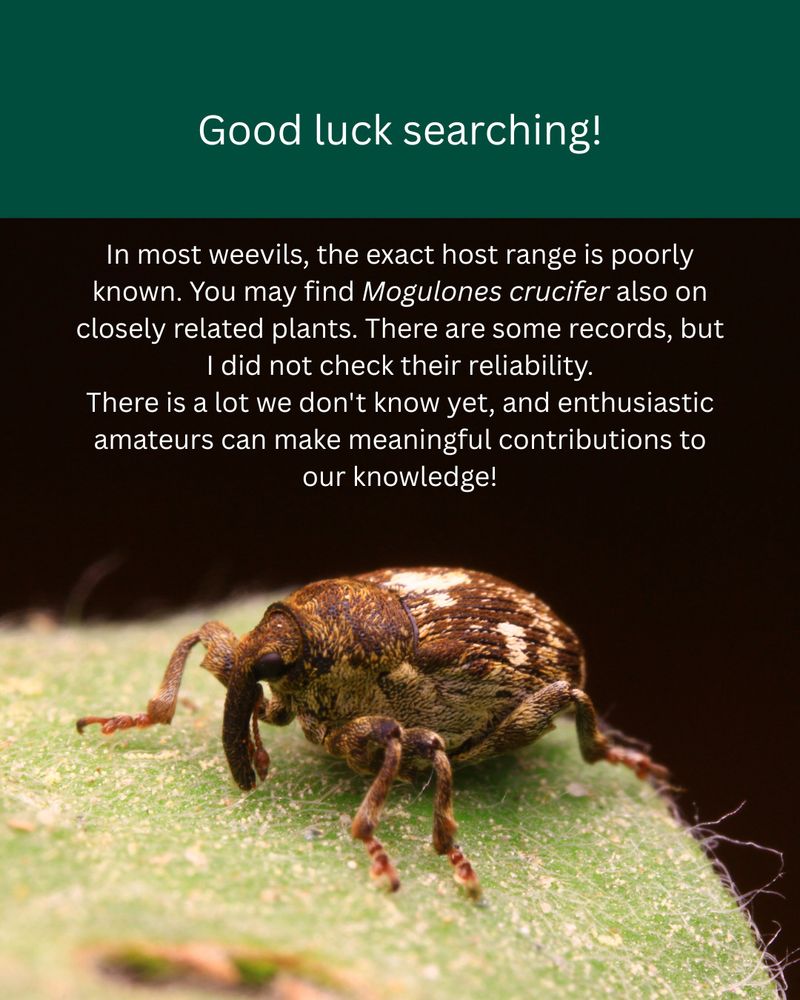
The weevil is native to Europe/West Asia, but has been introduced to North America to control its host (Cynoglossum officinale; Hound's Tongue) which is invasive there.
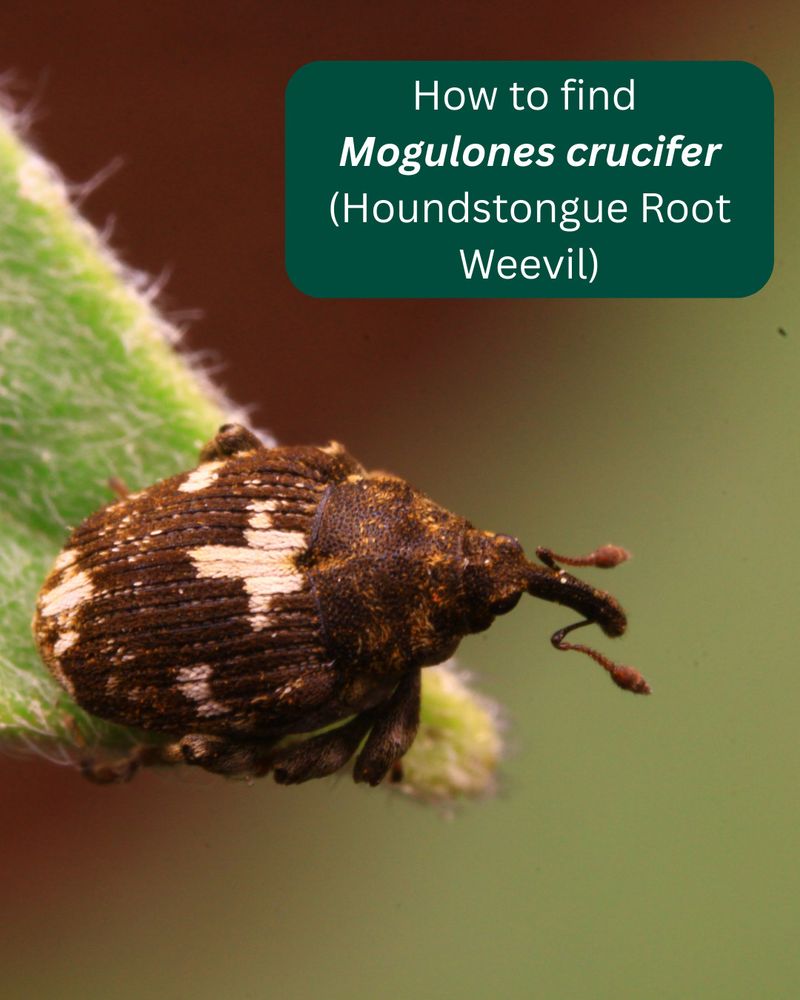
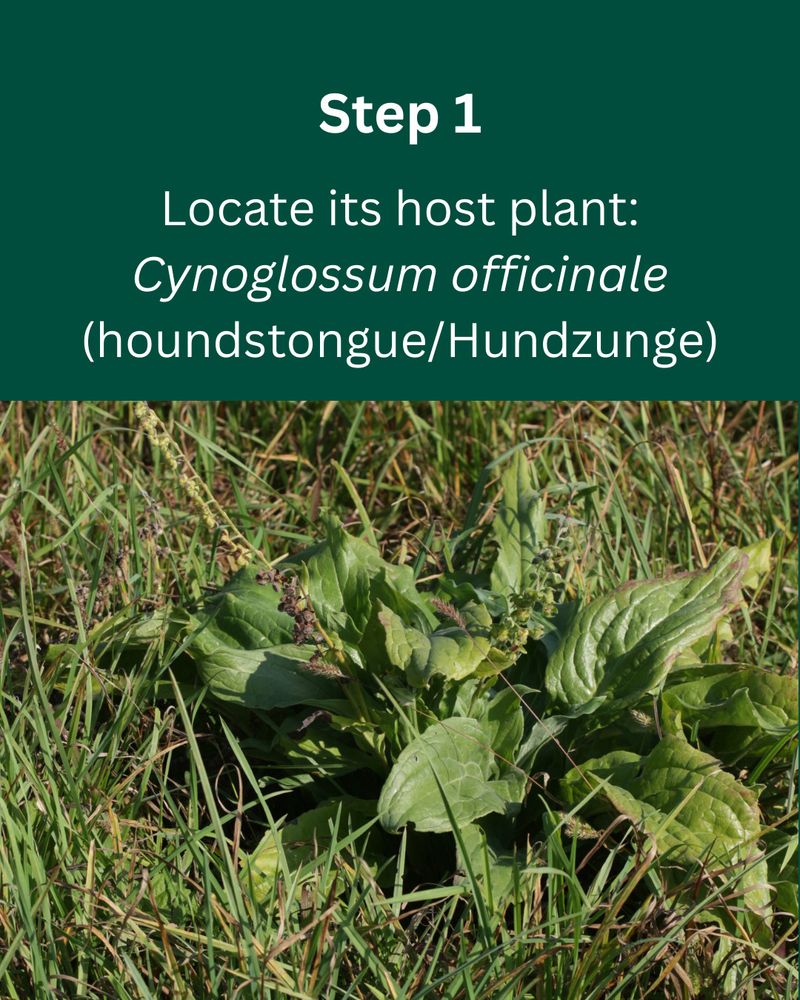
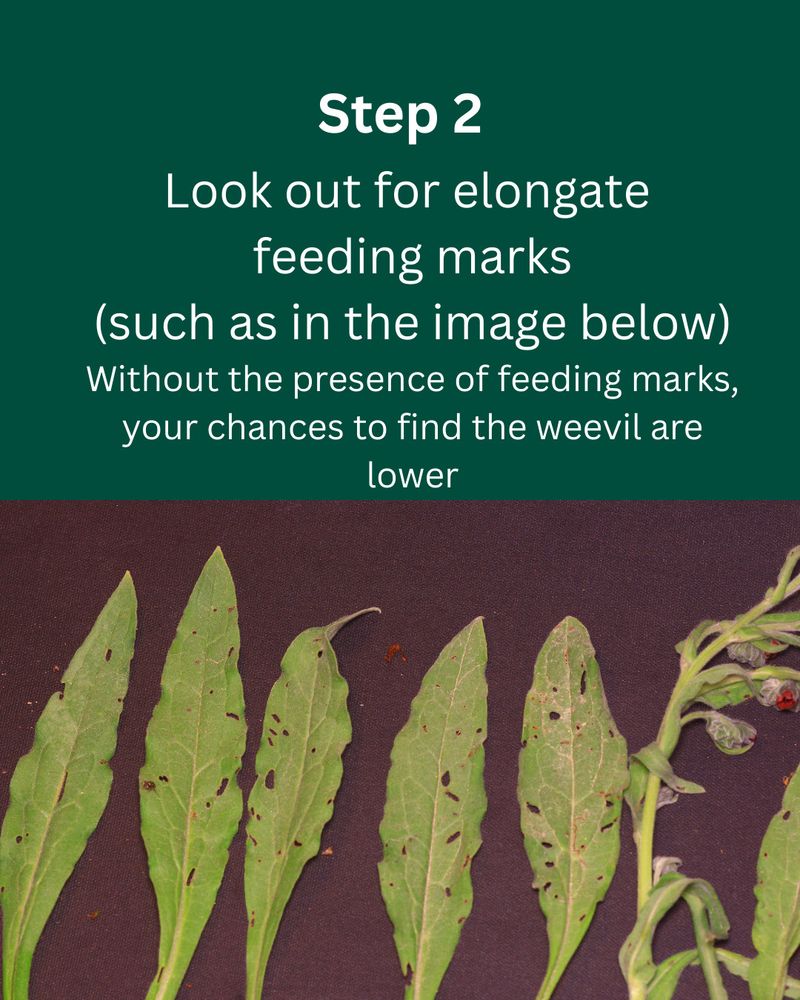

The weevil is native to Europe/West Asia, but has been introduced to North America to control its host (Cynoglossum officinale; Hound's Tongue) which is invasive there.
The lab is now on instagram, follow for updates: www.instagram.com/msimoeslab/
msimoeslab.com

The lab is now on instagram, follow for updates: www.instagram.com/msimoeslab/
msimoeslab.com
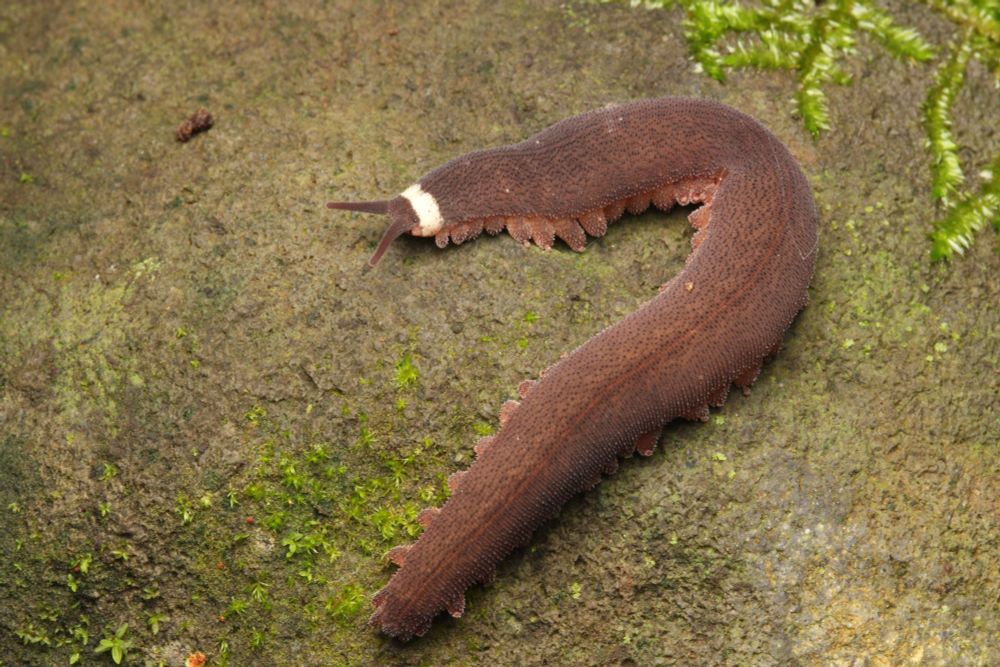
When beating twigs, be swift and careful, as they will drop to the ground at the slightest disturbance.
When beating twigs, be swift and careful, as they will drop to the ground at the slightest disturbance.
Seems like only 4 slides at a time can be posted here.
What's missing are the slides where I tell how I tried to use CO1-barcodes to test if there are two separate species. I found no evidence but my study was VERY limited...




Seems like only 4 slides at a time can be posted here.
What's missing are the slides where I tell how I tried to use CO1-barcodes to test if there are two separate species. I found no evidence but my study was VERY limited...
So here's my first post: Chlorophanus viridis
The species is widespread in Germany, but according to Rheinheimer & Hassler has become rarer for unknown reasons. You'll find it in damp habitats, and its polyphagous
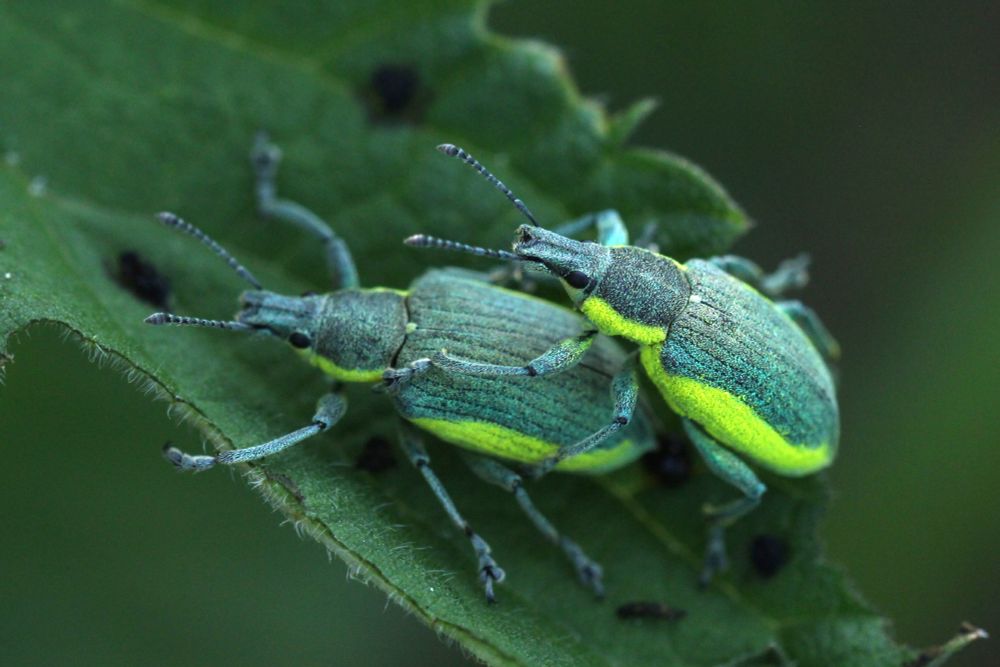

So here's my first post: Chlorophanus viridis
The species is widespread in Germany, but according to Rheinheimer & Hassler has become rarer for unknown reasons. You'll find it in damp habitats, and its polyphagous

